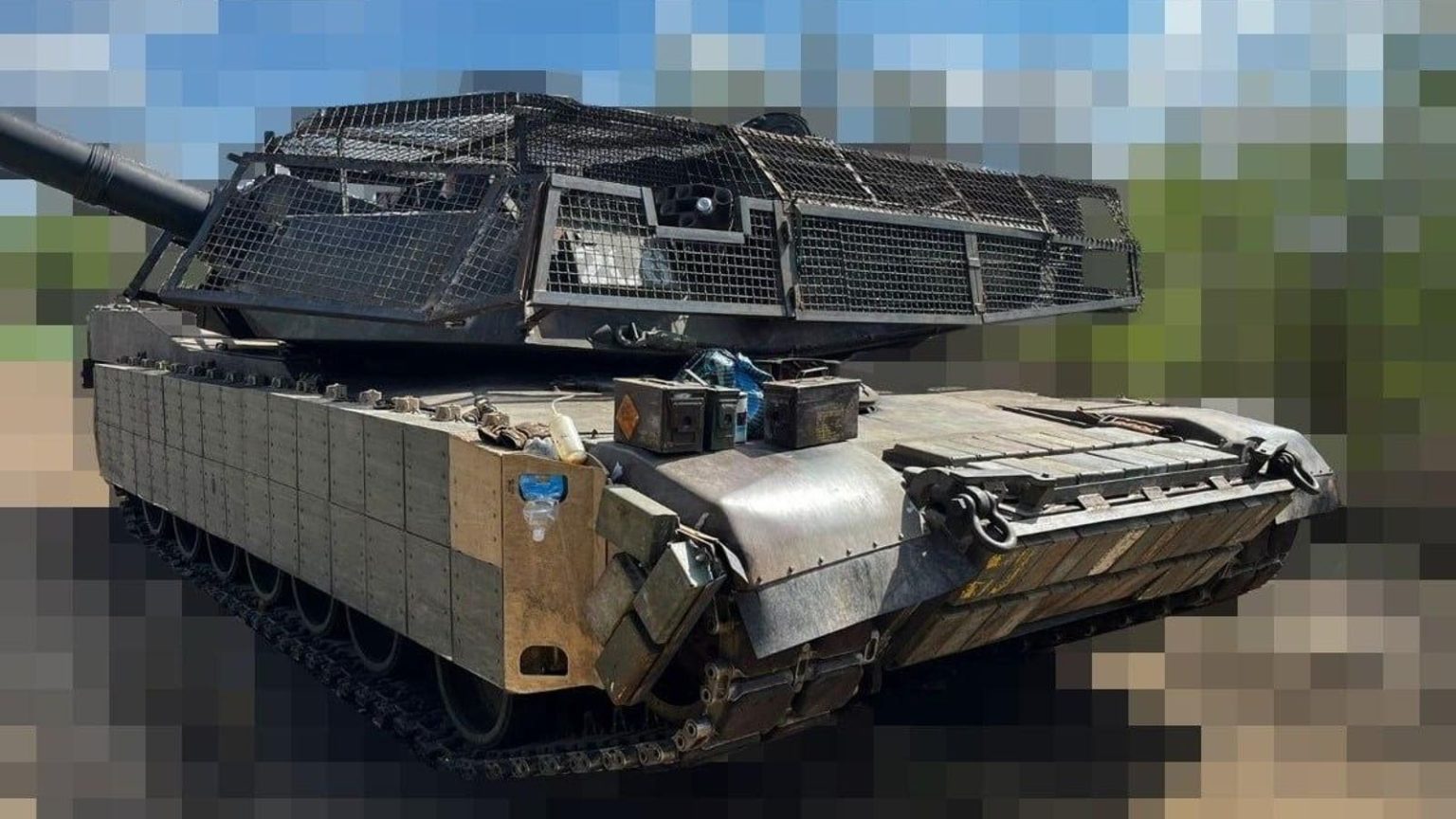The United States has provided Ukraine with 31 M-1A1 Abrams tanks to bolster the country’s 47th Mechanized Brigade. This brigade has been engaged in a defensive campaign near Avdiivka in eastern Ukraine and has been facing losses, particularly from Russian drones. To combat this threat, the brigade has added cage armor to the tanks that can help detonate incoming explosive drones at a safe distance.
Reports initially suggested that the losses suffered by the 47th Mechanized Brigade had led to the withdrawal of surviving tanks. However, a crewman from the brigade disputed these claims, stating that the tanks were being carefully deployed against the Russian forces. They are only sent out when there is an opportunity to engage and destroy the opponent’s vehicles, rather than waiting for an attack. The crewman acknowledged that better protection against explosive drones could change their deployment strategies.
While the cage armor was a locally installed solution, there was also an American option available. The Ukrainian crewman expressed a desire for dynamic armor to be provided by their American partners to protect both the flanks and the turret. The U.S. Army had addressed this issue in their latest M-1A2 tanks by adding additional passive armor to the turret faces. However, depleted uranium, used in the armor, is not exportable and had to be replaced with tungsten before sending the tanks to Ukraine.
Adding reactive armor to the turret of the Abrams tanks would require modifying the tanks with racks for the armor bricks. This process would take time and resources, which the 47th Mechanized Brigade cannot afford to spare. As a result, they opted to install cage armor as a quicker solution to protect against explosive drones. It remains unclear how long it would take to modify the tanks with reactive armor kits and if that will be pursued in the future. The focus for now is on utilizing the existing tanks effectively in the ongoing conflict.


